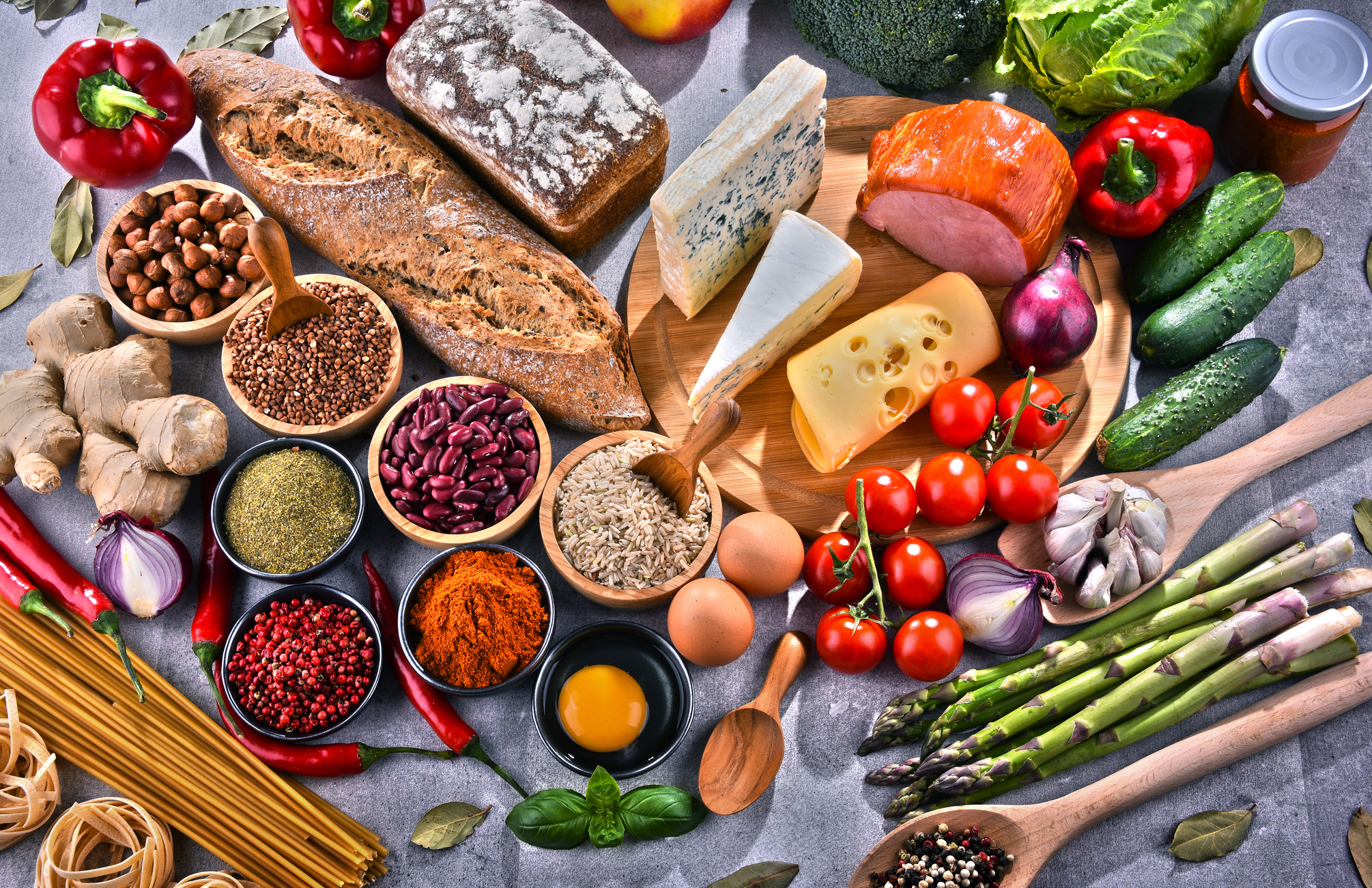
Des aliments plus sûrs grâce à des normes plus accessibles
Certain food-borne mycotoxins can cause acute health issues, leading to severe illness shortly after the consumption of contaminated food products. Others have been linked to long-term effects on health, such as the development of cancers and immune deficiency. As a result, the maximum permissible levels in foods are rigorously regulated worldwide. Accurate measurements, supported by well characterized primary reference materials and calibration solutions, are necessary to ensure that these levels are met.
To aid the community in meeting the need for metrological standards for accurate toxin measurement in food, the BIPM initiated a dedicated program in 2016, working with National Metrology Institutes (NMIs) from China (NIM), Argentina (INTI), Brazil (INMETRO), Germany (PTB), Kenya (KEBS), South Africa (NMISA), Thailand (NIMT), Tunisia (INRAP), Türkiye (UME), and Uruguay (LATU) to enhance mycotoxin metrology infrastructure. The recent publication of the interlaboratory comparison on patulin standards (CCQM-K154.d) completes the initial programme and initial goal of making it easier for food analysis laboratories to source their mycotoxin calibration materials from their NMI or within their region.
The project has focused on four key mycotoxins - zearalenone, aflatoxin B1, deoxynivalenol and patulin - with the following resources now available:
- guidelines for the value assignment of pure mycotoxin reference materials for ZEN, AfB1, DON, PAT
- guidelines for the value assignment of calibration solutions for ZEN, AfB1, DON, PAT
- demonstration of NMI capabilities to produce accurate and comparable calibration solutions for ZEN, AfB1, DON, PAT
- mycotoxin reference materials from participating NMIs
Ongoing work with NRC (Canada) will extend the available guidelines and interlaboratory comparisons to ochratoxin A: a contaminant found in cereals and cereal products, coffee beans, dry vine fruits, wine, grape juice and spices.